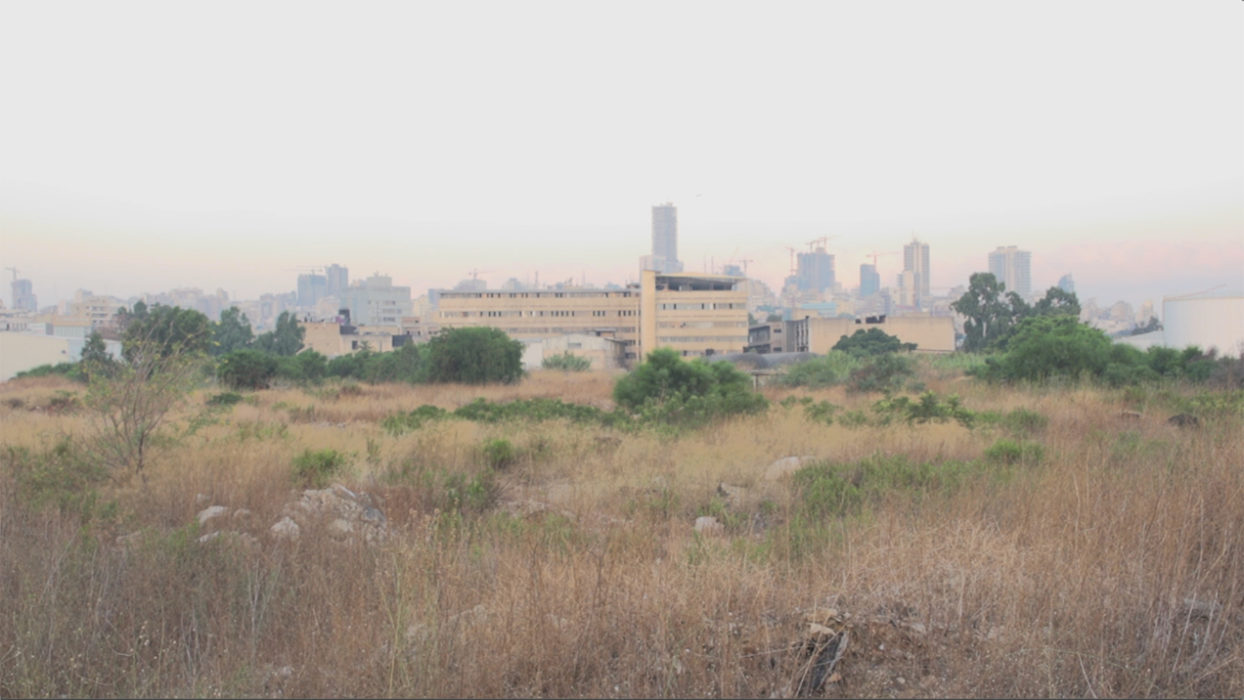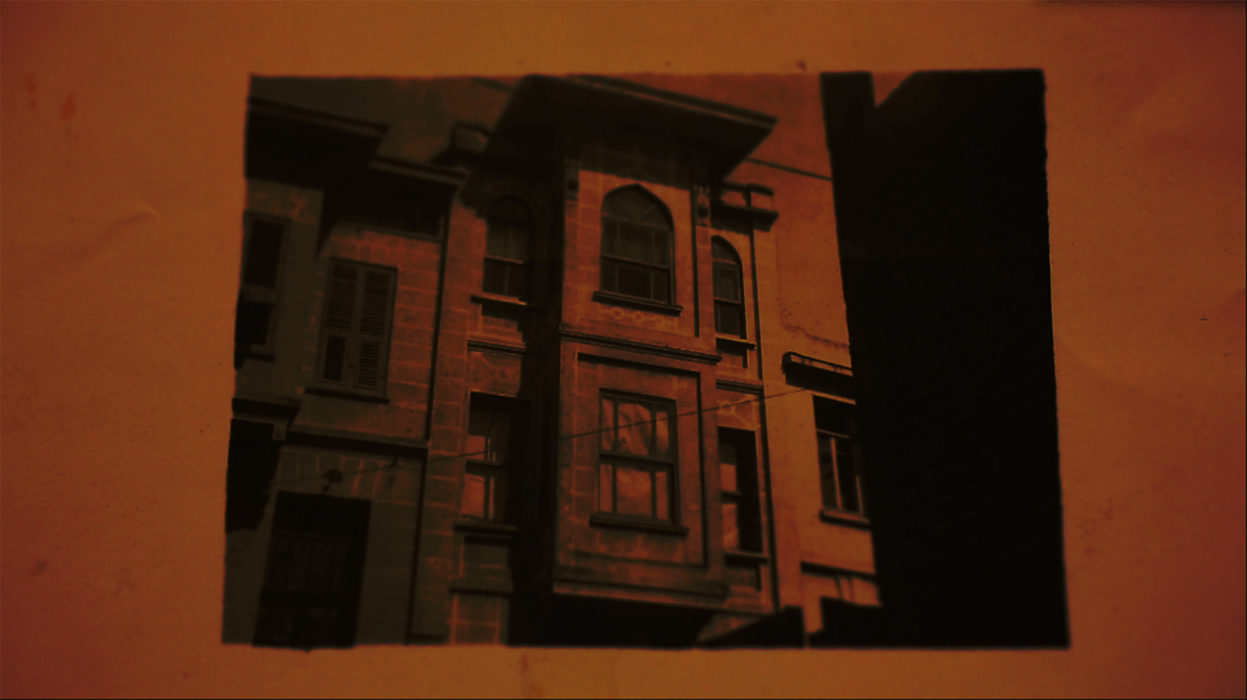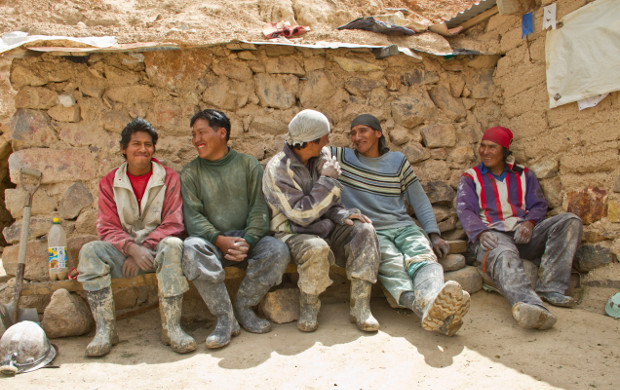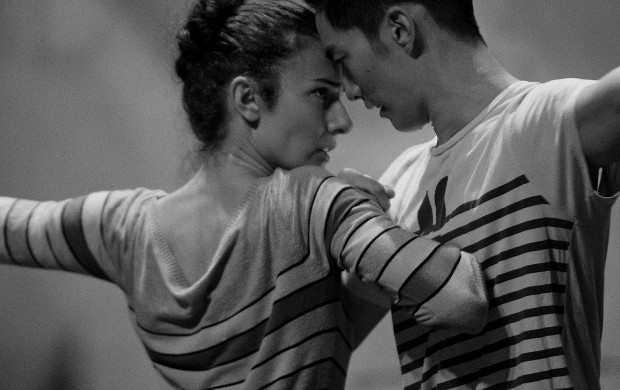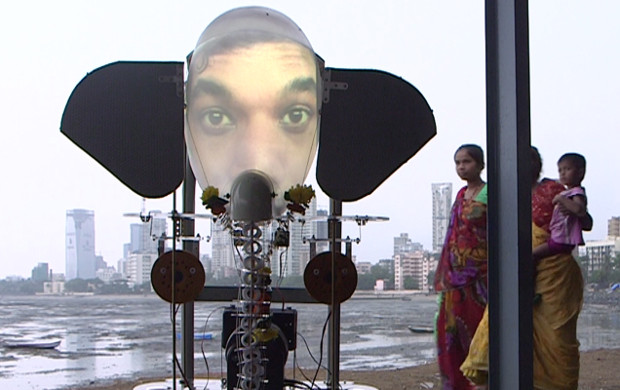Geographies
- 2015
- Lebanon
- 72 minutes
- Armenian
Chaghig Arzoumanian is 27, but she could be a thousand years old; it is her voice-over that we hear telling her family’s past with its accumulation of first names, stories, journeys and photographs handed down to her in snippets, through hearsay and anecdotes. Her Armenian genealogy, which is of mythical proportions, becomes re-inscribed in today’s landscapes. We learn that “the ruins have fused with the land,” referring to the Anatolian plain that her grandparents left in their childhood in the early days of the Armenian genocide. Yet, beneath this exile, the filmmaker discovers other even older ones and she incrusts their ghosts onto present times – families persecuted under a sixteenth-century sultanate, children spared in 1915 thanks to a providential medical circumcision, a husband’s severed head discovered by his wife. The only counterpoint to this historical violence is the warmly intimate vibrancy of more recent stories. Topographical abstraction gives way to a family story; a man builds three ships out of an orange and superimposed fruit grow over a barren field. From Anatolia, exile wends its way to Beirut, where Chaghig Arzoumanian was born, but a family branch splits off in Cairo, Damascus, Jaffa… The map turns into a tapestry of many changing colours and patterns – an epic woven together out of individual threads. (Charlotte Garson)
- Production : Chaghig Arzoumanian
- Editing : Chaghig Arzoumanian
- Sound : Sandra Tabet
- Photography : Chaghig Arzoumanian
- Copy Contact : Chaghig Arzoumanian
